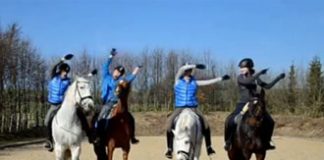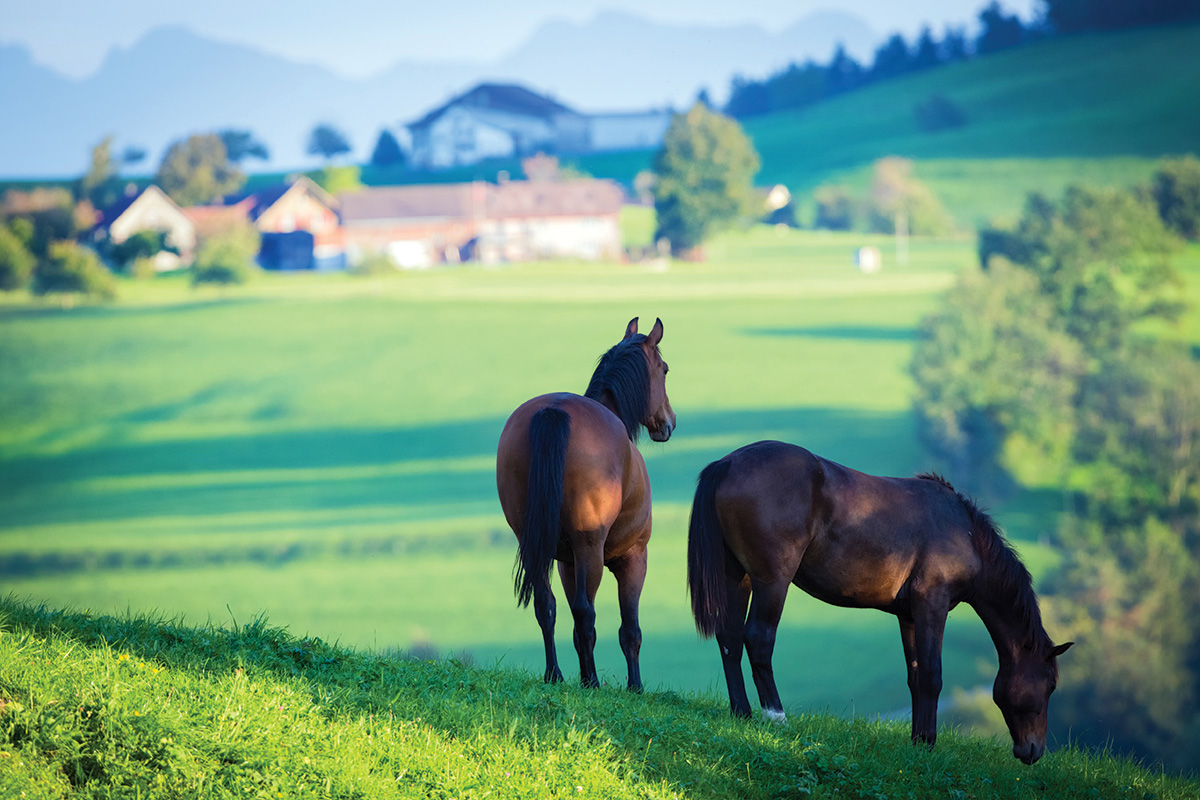
Whether you’re an avid trail rider or more comfortable in an arena, conservation of open space for equestrian endeavors should remain constantly on your radar. The loss of open space impacts the horse world in a plethora of ways, including limiting the places people can ride, allowing farms and stables to be encroached by residential and commercial developments, and making hay- and grain-growing land more difficult to keep in production.
The Urban Exodus Effect on Equestrian Space
“Urban sprawl” began in earnest in the 1950s, when people sought to leave city centers behind—and the noise, traffic and crime they often harbored—so they could have larger homes and yards in which to raise a family. Events like 9/11 and the COVID-19 pandemic created additional urban exoduses to more rural properties.
Often these new-acreage owners are not horse people, and they are frequently unaware of the culture of living in an equine community, like slowing down for horses on the roadways or not feeding horses in fields. Additionally, many are uneducated about not only the land requirements for horsekeeping, but also the benefits equines bring to communities.
“Many [horse owners] are concerned about the impact this could have on equine access to land [that has historically allowed riders to ride out and across it],” says Holley Groshek, executive director of the Equine Land Conservation Resource (ELCR). It’s critical for all equine enthusiasts to get involved in their communities to preserve equestrian culture.
Begin in Your Backyard
Though many horse owners and breeders are part of a statewide breed or discipline organization, to help preserve open space in your area for equestrian endeavors, begin by digging in even deeper and identifying what’s right in your backyard.
“We don’t really see [land conservation] issues developing by state, largely because conservation is a very local issue,” Groshek explains. “Land-related issues are greatly impacted by local factors, such as pressures from development, zoning, leadership and community culture,” rather than by nationwide factors.
If you’re a farm owner, one of the easiest ways to help safeguard open space is to place your property in a conservation easement, also called a conservation agreement or a conservation restriction. This is a voluntary agreement between a landowner and a government agency or a land trust that limits the use of the land into perpetuity.
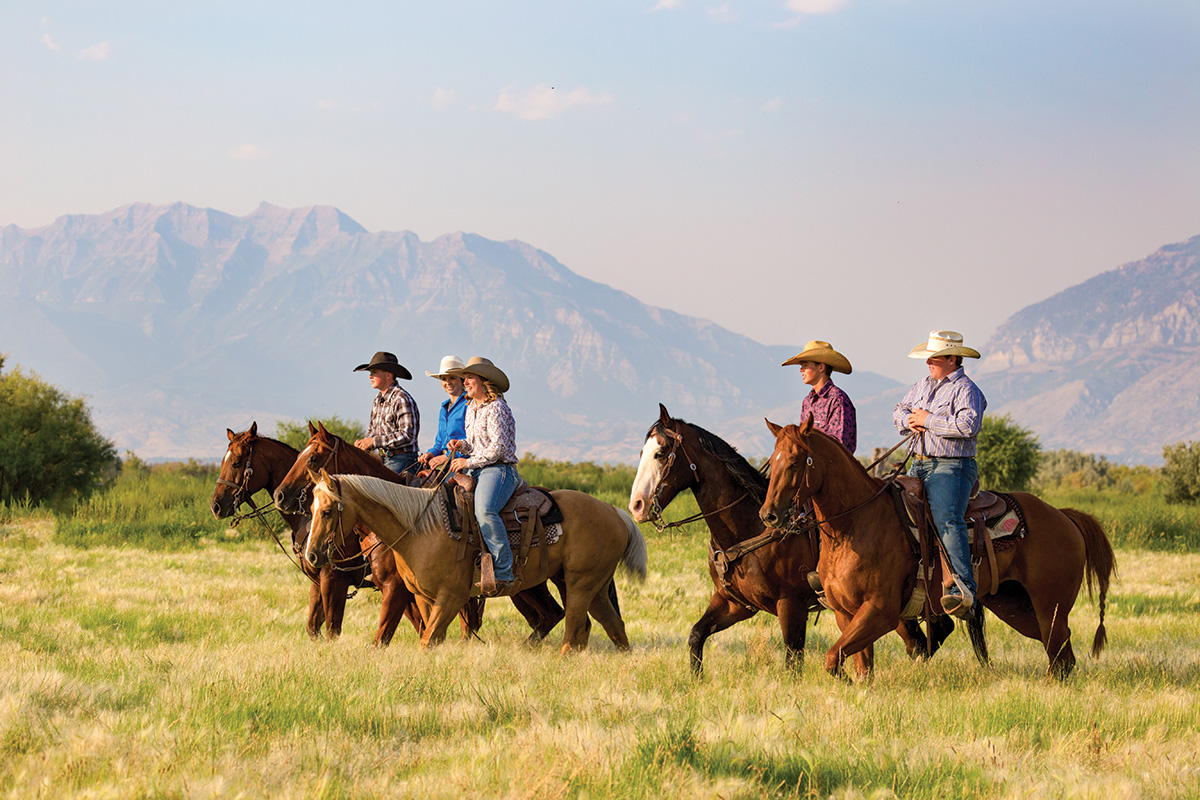
Easements can include verbiage that preserves equestrian rights, including trail riding, hunting, teaching riding lessons, training, grazing, and hosting competitions—but only if there is no infringement on or harm to the characteristics the easement is designed to protect.
Conservation easements protect the property’s conservation value and guarantee that the land will never be developed. These types of agreements are particularly valuable, since property owners can continue to do with the land as they wish; they can even sell it or pass it on to family members.
Land with a conservation easement in place has no development potential, which lowers the property’s market value and in turn the estate tax when the farm changes hands. This option is often leveraged to ensure that property stays intact as it transfers between generations; there are also tax benefits available to those who donate their land to a conservation easement.
An easement “runs with the land,” meaning that no matter who owns the property, the restrictions for use remain in effect. Land trusts are private, nonprofit organizations that acquire conservation easements, accept donated easements, and steward easements to ensure conservation practices are followed.
The Agricultural Conservation Easement Program (ACEP) is overseen by the United Stated Department of Agriculture’s National Resources Conservation Service, a government entity that leverages local partners who are responsible for long-term stewardship of the easement.
PDR Protection
Purchase of Development Rights (PDR) protection is yet another option for farm owners, though it is not as widely available as conservation easements. This is an incentive-based, voluntary program designed to permanently protect land from development while allowing for private ownership and management.
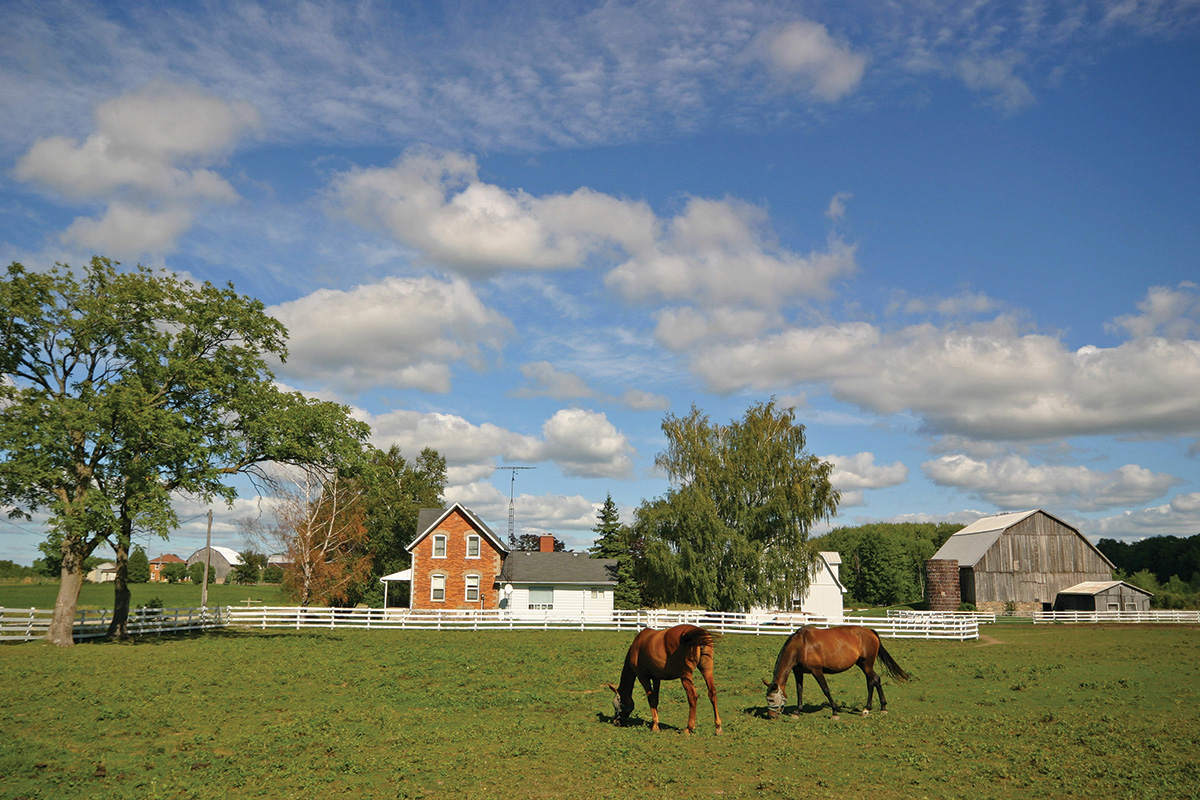
Landowners enrolling in this program are given funds in exchange for their right to develop the land. One of the challenging aspects of PDR protection for local governments is the ability to secure funding with which to pay farm owners wishing to enroll in the program.
In PDR protection, as in conservation easements, exceptions can be made for the construction of homes for the farm owner and for his or her employees. Here too, the selling of development rights can reduce the inheritance tax and allow for multiple generations to inherit the property in its entirety.
PDR protection also makes the farm more affordable for young farmers, should the current owner wish to sell. The PDR protection program is governed by the Rural Land Management Board; like conservation easements, the transaction is permanently recorded on the property title and accompanies the land in perpetuity.
Get Down and Dirty
What can you do if you don’t own property you can protect? Plenty! Consider volunteering time with an organization that assists in clearing and maintaining equine trails and other open riding areas. Many local and state horse councils aid in this endeavor, and one of the most prolific organizations to assist in trail maintenance (and therefore, continuity) is the Back Country Horsemen of America (BCHA).
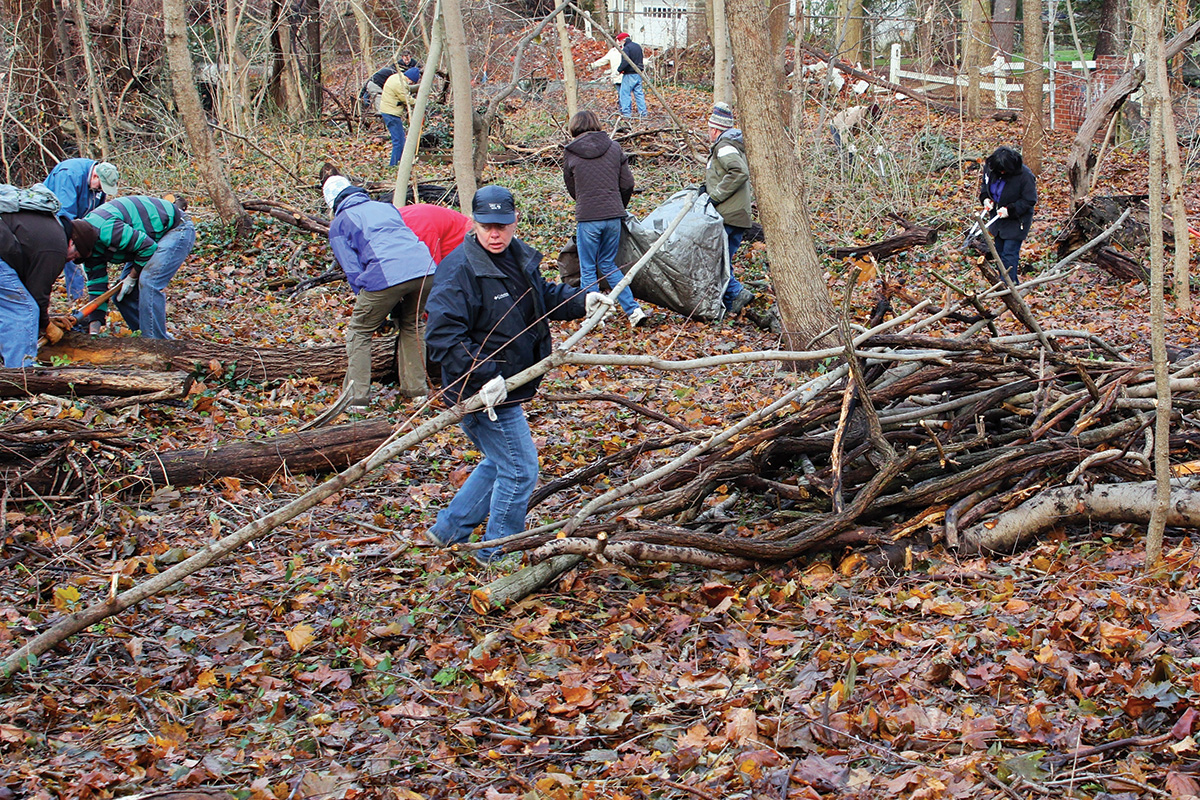
This nationwide nonprofit works in conjunction with the U.S. Forest Service on hundreds of trail projects, working to alleviate the backlog of maintenance needed on trails to ensure they remain available to horseback riders. BCHA has chapters in 32 states, with more than 13,000 members who are dedicated to keeping trails on public lands open.
Craig Ferdig, marketing and media chairman of the BCHA, says that nearly half of U.S. Forest Service trails are maintained by volunteer efforts of the BCHA.
“Each chapter operates independently,” he says. “Our mission is to keep trails open in the wilderness—that may mean different things to different chapters.” For example, the high desert in Arizona is not as concerned with large, fallen trees as areas in the Northeast may be.
To give you an idea of the power behind this charity, since 1995, BCHA volunteers have donated volunteer hours worth $170.8 million to local and federal land-management agencies.
Don’t have a chapter near you, but still want to get involved? Many BCHA projects are days to weeks long and involve packing in all needed materials on the backs of equines.
“Our packing equines are our foundation,” says Ferdig. “They pack in saws, food—everything we need. You can be 30 miles into the wilderness with 15 people. No prior experience is necessary.”
What You Can Do to Help Conserve Equestrian Space
Looking for some additional ways to protect open equestrian space? Holley Groshek, Equine Land Conservation Resource (ELCR) executive director, suggests the following:
◆ Stay alert to what is happening in your community that may have a negative impact on access to land for equine activities or horsekeeping.
“Taking action earlier rather than later ensures better possible outcomes,” she says. “Often by the time ELCR is contacted, the local issue is at crisis level.”
◆ Work to have representation from the equine community in local leadership and on planning and zoning commissions; this ensures that equestrian needs are heard and understood. Often the decisions that negatively impact horses in communities are unintentional—the decision makers simply don’t understand the needs of the equine community.
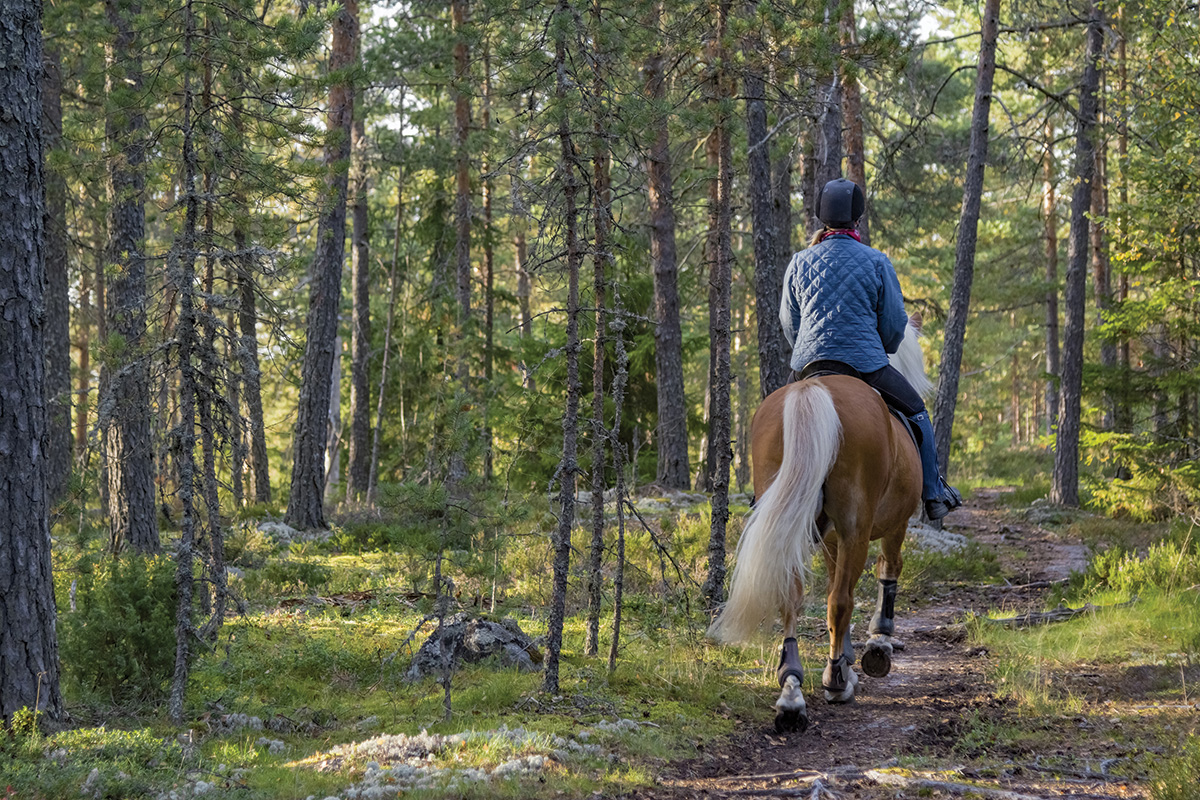
◆ Advocate continually for horses so that fellow residents and decision-makers understand the positive contributions horses bring to the community. These can include economic impacts, environmental benefits, beautiful views, promoting personal well-being, and helping to brand our communities, among others.
“Simply put, horses cannot provide these benefits without the land needed to support them,” says Groshek.
◆ If you enjoy access to public or private lands for equine activities, treat the land you ride on with respect and develop positive relationships with land managers and owners to encourage land availability for years to come.
Whether you’re conserving your own land, assisting with trail maintenance, or attending local and county-wide meetings to stay up to date on projected developments, ensuring land remains open and equine-friendly is the responsibility of every equine enthusiast.
Go Online for More◆ Equine Land Conservation Resource |
This article about conservation of open spaces for equestrians and horses appeared in the August 2022 issue of Horse Illustrated magazine. Click here to subscribe!




